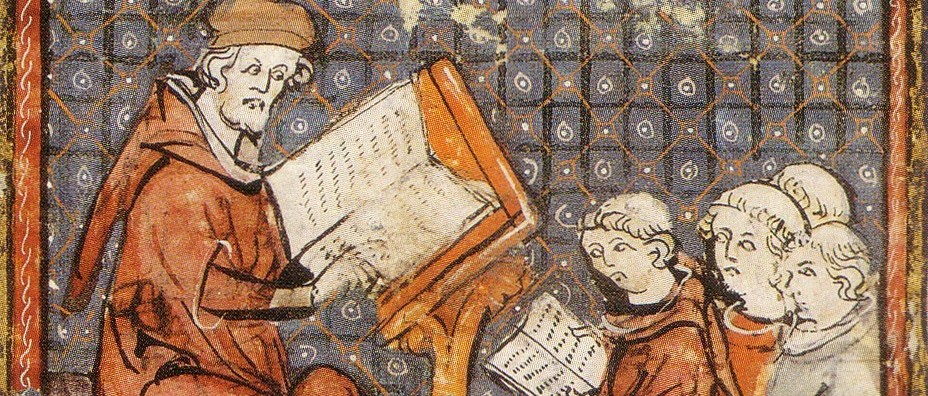Education in the Middle Ages
Posted on 31st December 2020
Like all things in history, education varied depending on the status of the family. Poor families and wealthy families educated their children very differently.
Poor – Educated at home by their parents, only rising to the same level as their parents. The children would follow in their parent’s footsteps.
Wealthy – Education was structured and involved attending school or being privately tutored at home. Education outside of the home was for boys only; girls were taught at home to be a good wife, mother and housekeeper.
The Middle Ages covered many centuries, and education changed greatly over this period. Initially children were tutored at home from around the age of nine, being taught to read and write Latin, the main language of the time.
As the Middle Ages progressed, schools came into existence for the middle classes and nobility, with some more structured than others. All schools were based around the church with lessons taught by the clergy.
Song schools – Held in churches and cathedrals, these taught children Latin hymns and sometimes to read and write.
Monastic schools – Held in monasteries for boys who wished to enter the church. Lessons were taught by monks and based on religious education.
Grammar schools – Held in cathedrals to teach sons of merchants to speak and write Latin. The main language of trade was Latin and all lessons were taught in Latin. At Grammar school it was possible to learn rhetoric, philosophy, astrology and music. Little emphasis was placed on mathematics.
Lessons started at sunrise and finished at sunset; school was a very long day, especially in the summer months where the school day could last up to fourteen hours. Schools were strict places; pupils were punished if they did not behave.
If a boy excelled in Grammar school, it was possible to advance his education further, and some Grammar schools became Universities.
The two best known Universities in England, Oxford and Cambridge were formed in the Middle Ages, around the 12th Century.
Tagged as: Junior Middle Ages
Share this post:





